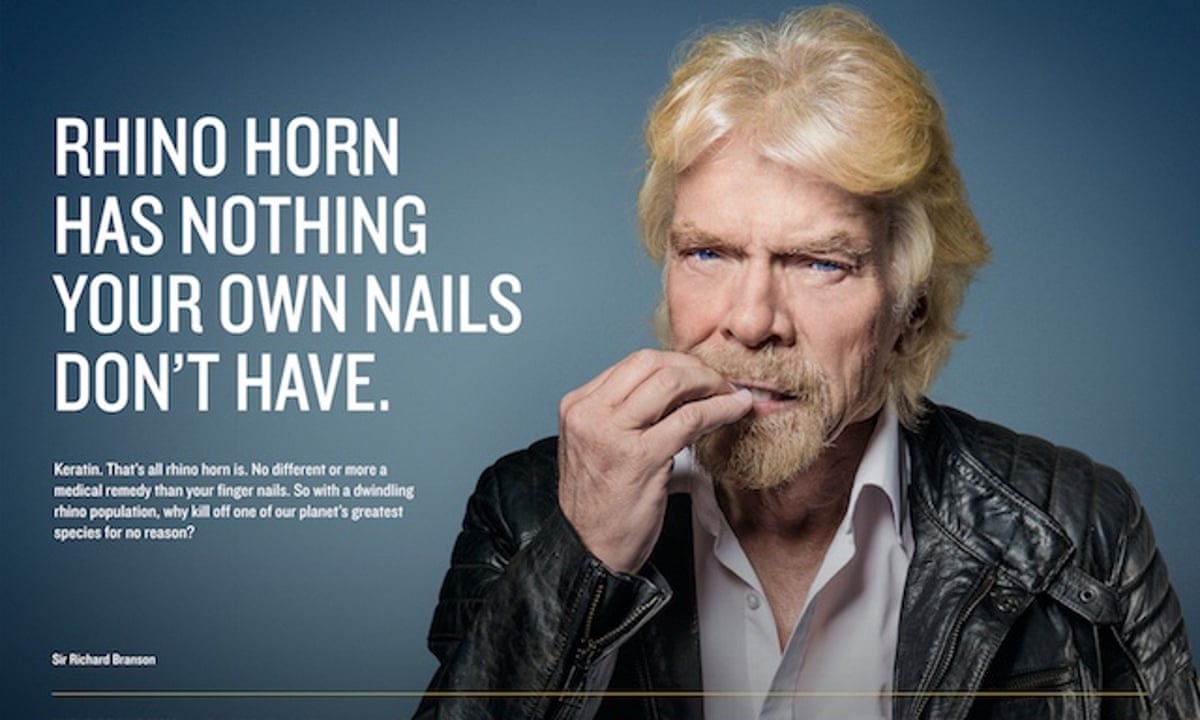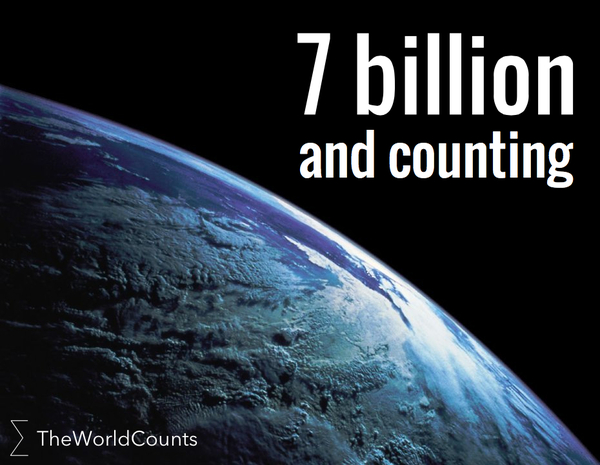According to the above news article, two endangered Franciscan dolphins were swimming near an Argentinian resort last week when they were taken from the water and “manipulated by tourists to photograph.”
Footage shared by Vida Silvestre and local news sources shows a mob of tourists passing around one of the tiny dolphins, while swarming to take photos of it and with it.
“One of them ended up dying,” … “Like other dolphins, they can not stay long out of the water because its thick skin provides internal heat, quickly causing dehydration and death.”
There isn’t much that humans won’t destroy to make their Facebook friends jealous, it seems.
Wake up people! No animals are objects for your entertainment.
It is too late for this individual dolphin, but how best to help others? I researched and originally planned to donate to Vida Silvestre, which was once an independent conservation organisation in Argentina, but it is now an arm of WWF.
I have just read Naomi Klein’s This Changes Everything and am quite sus on larger conservation organisations as it seems they are very often having a threesome in which conservation is the minor partner, kicked down amongst the foot sweat at the bottom of the bed, while corporate industry (that members of the board often have a history with) gets the Fairtrade chocolates on the pillow.
It seems that 75% of WWF spending goes on sometimes good, sometimes questionable projects, while 25% is blown on fundraising and admin expenses. This ratio is considered acceptable by charity industry standards (make no mistake, charity IS an industry), but I think I could make better use of my wasted 25% or $13, thank you very much!…maybe I could ‘save the enviroment’ by buying a cask of wine instead?!…
-3L SlimCasks are equal to 4x750mL glass bottles, so there is less material used.
-Reducing environmental footprint – It takes 11 trucks to carry the same number of empty bottles as 1 truck of flattened 3L SlimCasks to our winery.
-That represents an 11-fold reduction in fossil fuel consumption and carbon dioxide emissions to ship the 3L SlimCasks.
-There is less potential for breakage both in-store and at home.
-Less energy is used to produce the cardboard and oxygen-proof inner bag than with the production of glass.
I’ll drink to that! ![]() Just ignore the unrecyclable plastic bag and voila!! I’m an eco-warrior without having to sacrifice anything!! See how good it feels to be greenwashed 😉 (Pats self on back and drives to distant shop where casks are $1 cheaper)
Just ignore the unrecyclable plastic bag and voila!! I’m an eco-warrior without having to sacrifice anything!! See how good it feels to be greenwashed 😉 (Pats self on back and drives to distant shop where casks are $1 cheaper)
Sorry! Just like poor sea creatures are being dazed and confused by the increasing man-made noise in the oceans, I’ve also veered off from the most important subject of this whole sad story.
I am sorry little dolphin, may your death in the name of vanity not have been in vain.
![]()
_________________________________________
Earthrace Conservation: Argentina
I can’t believe I feel I need a disclaimer before making a donation…but I am finding the deeper I look at many charities, the deeper the quagmire of questions…arrghhhhhh!!!
Disclaimer: Earthrace is a frontline activist organisation run by former Sea Shepherd volunteer and captain, Paul Bethune. Paul Bethune was the captain of the Ady Gil, the beautiful black trimaran used by Sea Shepherd at the time of its much covered 2010 collision with a Japanese whaling boat.
I remember my response at the time was horror at their allowing such a generous donation to be destroyed so quickly. It felt even worse than the time I left my tricycle in the driveway and dad ran over it and said ‘that’ll learn ya to be more careful with your things’. It did learn me good too, but I am not so sure that Sea Shepherd took home the same message…
A recent court finding, following a case brought by their cheesed off benefactor, Mr Ady Gil, has revealed some terrible behaviour was perpetrated by Sea Shepherd: the deliberate sinking of the damaged vessel after the accident. That is even worse than wasting a cask of wine or a tricycle.
Disclamation of Disclaimer: However. In spite of such apparent news-coverage hungry insanity, Sea Shepherd and Earthrace do a lot of good on the frontline that most organisations are unable or unwilling to do.
So with my goon glass half full, this week I am choosing to support the Argentinian chapter of Earthrace.
Protecting the oceans and their species.

Killing the captive industry
There are two remaining aquariums in South America that will be targeted with campaigns to encourage the public not to pay to visit them.
Mundo Marino in Buenos Aires holds 13 dolphins as well as lonely killer whale, Kshamenk, who has been held in this tiny pool, since being ‘rescued’ from a stranding in 1992.
Shocking shark fin record
While Argentina banned the removal of shark fins at sea in 2009, it still manages to hold a shocking 5th position in the world ranking for exporting shark fin.
That’s not good and our Argentina crew plan on doing plenty in the next year to get this country off the list of those dealing in shark fin altogether.
Beach clean up in San Isidro
Fernando and the crew have also been busy cleaning up local beaches in San Isidro.
Buenos Aires Zoo ’embrace’
In December 2014, Earthrace Argentina joined a huge protest at the Buenos Aires Zoo after an employee revealed the terrible treatment of animals there including neglect, starvation and hidden deaths.
Earthrace has international chapters and features in its own TV show, the Operatives.
Thank you Earthrace for helping animals and raising people’s consciousness.
Please be good.
____________________________________________________
P.s.
If someone asks you why whaling is so bad compared to all the other mass slaughter on earth, agree with them that they are all awful. A particularly terrible thing about whaling is the fact that unlike most creatures whales cannot go unconscious once pain gets too extreme; these social animals are aware throughout the whole slow and tortuous process. Their pod members sometimes try to hold them afloat when they have been harpooned, to save them from drowning. 
… and another thing, why, when a fisherperson is lost to the sea, do they receive tearful media coverage and costly search and rescue deployment, but noone ever spares a thought for all the sea creatures that had, and would have, suffered a similar horrible end (in a reverse direction) at their hands? 

References:
Way Beyond Greenwashing: Have Corporations Captured Big Conservation?


 Illustration: Geoff Richardson
Illustration: Geoff Richardson


